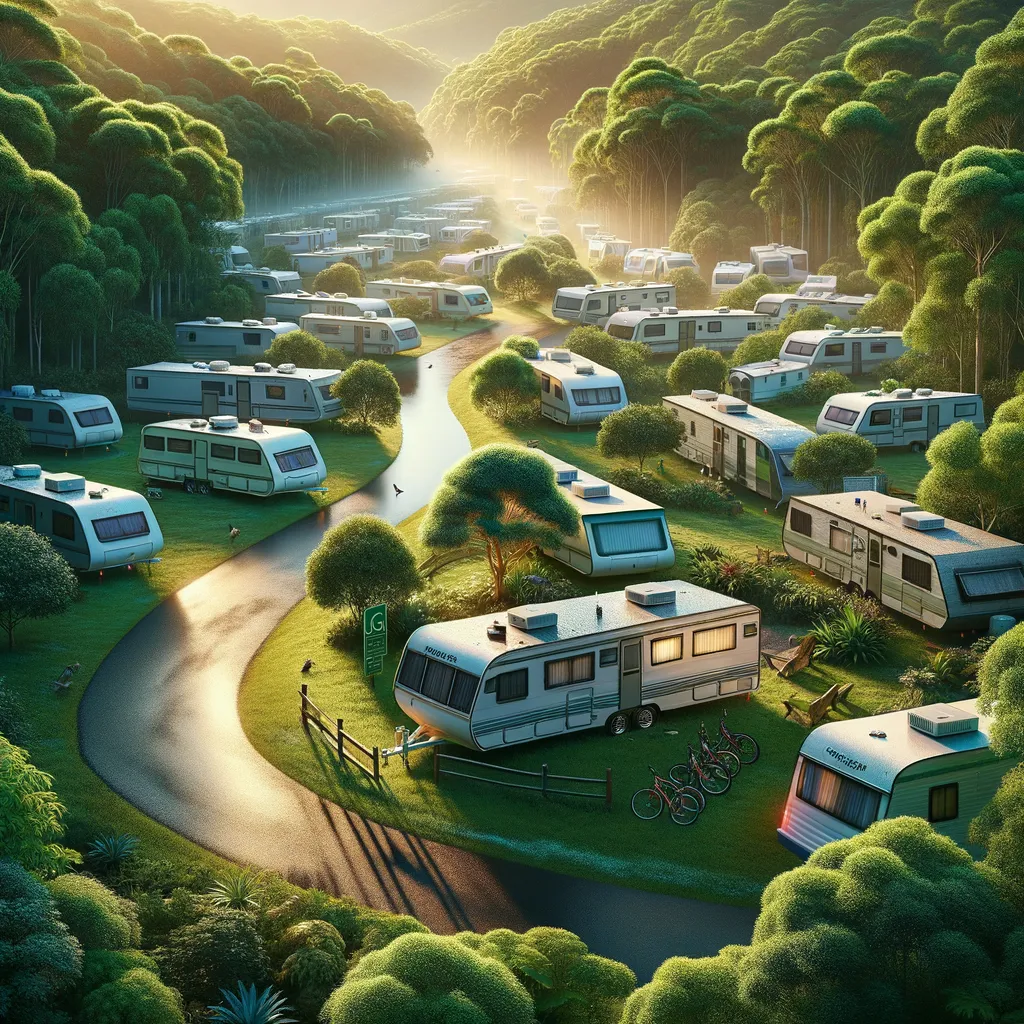Ice Climbing in Patagonia: A Beginner’s Guide
Welcome, adventurous parents! Are you looking for a unique family outing that goes beyond the usual picnic in the park? Look no further. Today, we delve into the exhilarating world of ice climbing in Patagonia, a beginner’s guide designed specifically for the bravest of families out there. Whether you’re experienced mountaineers or just looking to dip your toes into something new and exciting, this guide will walk you through the essentials of ice climbing in one of the most breathtaking regions on earth – Patagonia.
Before we embark on this chilly adventure together, ensure you’re well equipped for the journey ahead. For comprehensive guides on outdoor adventures and necessary gear, do visit Outdoors and for more insights on camping and preparing for your trip, check out Camping info. These resources are invaluable for beginners and seasoned climbers alike, offering tips for safe and enjoyable travels.
Why Patagonia for Ice Climbing?
Patagonia, a region shared by Argentina and Chile, is renowned for its stunning landscapes, ranging from arid deserts to lush forests and imposing glaciers. It’s a place where nature’s beauty is in abundance, and its challenging terrain makes it an ideal setting for ice climbing. This sport, while not for the faint-hearted, offers an unmatched adrenaline rush and an opportunity to bond with your family in a truly unique setting.
Getting Started: What You Need to Know
First things first: understanding the basics of ice climbing is crucial. Ice climbing involves ascending inclined ice formations, such as frozen waterfalls, cliffs, and rock slabs covered with ice, using special equipment like ice axes and crampons. It’s a physically demanding activity that requires strength, endurance, and a bit of courage. But don’t let that intimidate you! With the right preparation, guidance, and safety measures, ice climbing can be an exhilarating experience for beginners and young adventurers alike.
Choosing the Right Gear
The right equipment is your lifeline when it comes to ice climbing. Here’s a quick rundown of the essential gear you’ll need:
- Ice axes – Your primary tool for ascent, used for both anchoring and propulsion.
- Crampons – Attached to your boots, providing the necessary grip on icy surfaces.
- Harness – Secures you to your rope and the mountain, a must for safety.
- Helmet – Protects your head from falling ice and rock debris.
- Appropriate clothing – Layering is key to stay warm and dry in the cold, wet conditions.
For a more comprehensive list of gear and tips on how to choose the best equipment, visiting specialized websites like Outdoors and Camping info will arm you with the knowledge you need.
Finding a Qualified Guide
While Patagonia’s icy landscapes are inviting, navigating them without a qualified guide could be risky, especially for beginners. Hiring a local guide not only ensures safety but also enriches your experience. They are knowledgeable about the terrain, weather conditions, and can offer training for first-timers. This is an investment in your family’s safety and enjoyment of the sport.
Preparing for the Climb
Preparation is key to a successful and enjoyable ice climbing experience. This includes physical preparation, as well as logistical planning:
- Physical fitness: Start with exercises that improve your strength, flexibility, and endurance. Climbing requires both upper and lower body strength, as well as a good level of cardiovascular fitness.
- Practice sessions: If possible, try indoor climbing to get a feel for the sport before taking on nature’s icy grips.
- Logistics: Plan your trip well in advance. Consider the best times to visit Patagonia for ice climbing (usually between June and September), accommodations, travel requirements, and any permits you might need for climbing in protected areas.
Patagonia’s spellbinding beauty and the thrilling challenge of ice climbing await. This guide merely scratches the surface of what to expect and how to prepare for an adventure of a lifetime. Ice climbing in Pat

Ice Climbing in Patagonia: A Beginner’s Guide for Family Adventures
Welcome to an enchanting journey where daring families venture into the heart of Patagonia to embrace the thrill of ice climbing. This comprehensive guide illuminates the path for parents eager to introduce their family to an extraordinary outdoor activity. As we embark on this adventure together, you’ll discover why Patagonia is the ultimate playground for ice climbers and what you need to know to make this experience unforgettable for your family.
Why Choose Patagonia for Your Next Family Adventure?
The enchanting landscapes of Patagonia, straddling Argentina and Chile, serve as the perfect backdrop for families looking to step out of their comfort zone. Ice climbing in this region offers more than just an adrenaline rush; it’s a gateway to unparalleled natural beauty, fostering a unique bond as families conquer icy terrains together. The region’s diverse ecosystem, from its majestic glaciers to pristine forests, sets the stage for an unforgettable adventure that combines excitement with the awe-inspiring tranquility of nature.
Five Essential Tips for Parents Preparing for Ice Climbing in Patagonia
- Emphasize Preparation and Training: Ice climbing is a physically demanding sport. Preparation should include physical conditioning focusing on strength, endurance, and flexibility. Consider enrolling in indoor climbing sessions to familiarize yourself and your family with climbing techniques.
- Invest in the Right Gear: Ensuring your family is equipped with the proper gear is crucial. Essentials include ice axes, crampons, harnesses, helmets, and suitable cold-weather clothing. Online resources such as Outdoors and Camping info offer detailed guides on selecting the appropriate equipment.
- Choose the Right Time to Visit: Timing is everything when it comes to ice climbing in Patagonia. The ideal months are from June to September when the ice formations are most stable. Planning your trip during this window maximizes safety and enjoyment.
- Hire a Qualified Local Guide: Navigating Patagonia’s icy terrains requires expertise. A qualified guide ensures your family’s safety while providing an enriching experience, sharing insights into the region’s geography and ecosystem.
- Prepare for the Environment: Familiarize yourself with Patagonia’s climate and terrain. The region’s weather can be unpredictable, emphasizing the need for proper gear and clothing. Understanding the environmental challenges will enhance your family’s readiness and resilience.
Navigating the Thrills and Challenges Together
Ice climbing in Patagonia is more than just an activity; it’s an opportunity for families to grow closer, share challenges, and create lasting memories in one of the world’s most spectacular settings. By focusing on preparation, safety, and embracing the spirit of adventure, parents can ensure a rewarding and safe experience for their family. Whether scaling a frozen waterfall or navigating a glacier, the experiences shared in Patagonia will echo in your family’s memories for years to come.
As you venture into the sublime icy landscapes of Patagonia, remember that the journey is as remarkable as the destination. The challenges faced and the triumphs shared will weave into the fabric of your family’s story, enriching it with tales of adventure, perseverance, and the awe-inspiring beauty of nature. Ice climbing in Patagonia is not just an activity but a transformative experience that beckons adventurous families to explore, learn, and bond in one of the planet’s most extraordinary outdoor classrooms. Prepare to be mesmerized by the splendor of Patagonia and embark on an ice climbing adventure that will elevate your family’s outdoor experiences to new heights.
Disclaimer
The articles available via our website provide general information only and we strongly urge readers to exercise caution and conduct their own thorough research and fact-checking. The information presented should not be taken as absolute truth, and, to the maximum extent permitted by law, we will not be held liable for any inaccuracies or errors in the content. It is essential for individuals to independently verify and validate the information before making any decisions or taking any actions based on the articles.




